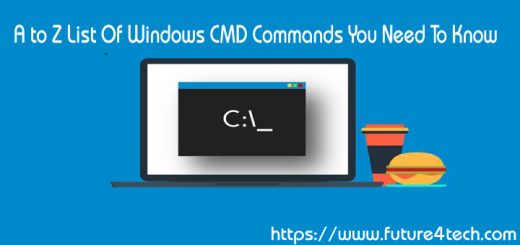POPD – Windows CMD Command
Notice: A non well formed numeric value encountered in /home/future4tech/public_html/wp-content/plugins/crayon-syntax-highlighter/crayon_formatter.class.php on line 118
Notice: A non well formed numeric value encountered in /home/future4tech/public_html/wp-content/plugins/crayon-syntax-highlighter/crayon_formatter.class.php on line 119
Notice: A non well formed numeric value encountered in /home/future4tech/public_html/wp-content/plugins/crayon-syntax-highlighter/crayon_formatter.class.php on line 118
Notice: A non well formed numeric value encountered in /home/future4tech/public_html/wp-content/plugins/crayon-syntax-highlighter/crayon_formatter.class.php on line 119
Change directory back to the path/folder most recently stored by the PUSHD command.
POPD will also remove any temporary drive maps created by PUSHD
1 2 |
Syntax POPD |
PUSHD and POPD operate on a stack or LIFO (last in, first out) principle and so can be used multiple times.
1 2 3 4 5 6 7 8 9 |
Example C:\Program Files> PUSHD c:\utils C:\utils> PUSHD c:\Windows C:\Windows> C:\Windows> POPD C:\utils> C:\utils> POPD C:\Program Files> |
Errorlevels
If the directory is successfully changed %ERRORLEVEL% = unchanged, typically this will be 0 but if a previous command set an errorlevel, that will be preserved (this is a bug).
If a bad switch is given %ERRORLEVEL% = 1
POPD is an internal command. If Command Extensions are disabled PUSHD and POPD will not create temporary drive letters.


Simply wanna remark on few general things, The website pattern is perfect, the subject material is real excellent. “The stars are constantly shining, but often we do not see them until the dark hours.” by Earl Riney.